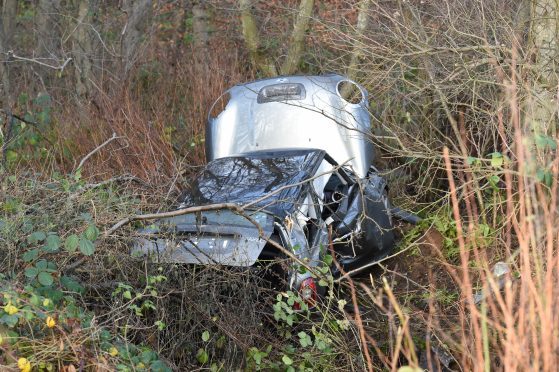New government figures have revealed motorists are more likely to die on roads in the north-east and Highlands of Scotland than any other region in the country.
A report from Transport Scotland shows that the 2012-2016 average for fatalities following road casualties was 28 for Aberdeen, Aberdeenshire and Moray.
The same figure stood at 22 for the Highlands, Orkney, Shetland and Western Isles.
The third highest average was in the Lothians and Borders area.
Highlands and Islands regional MSP David Stewart said: “These stark statistics remind us all there is still work to be done to address the unfortunate number of people killed or seriously injured on our roads.
“The police, local authorities and road safety groups such as the North of Scotland Driver Awareness Team are all working hard to make our roads safer, especially our rural roads.
“But, at the end of the day, we all have a responsibility with regards to our own safety and the safety of others.”
Liam Kerr MSP, the Conservatives’ transport spokesman, highlighted the high number of deaths in the north-east.
He said: “It is clearly disappointing and very worrying to read that the total number of fatalities and serious injuries on Scotland’s roads has increased in the last year.
“In Aberdeenshire, we continue to see some of the highest figures of any area in the country.
“While it is a sprawling region with thousands of miles of roads, Aberdeenshire has not seen a sufficient level of investment in its road network for a number of years.
“Figures routinely show a very high number of serious and fatal accidents on routes such as the A947 Aberdeen to Banff road, the A90 between Ellon and Peterhead and the A950 between Mintlaw and Fraserburgh.
“It is no coincidence there has been no significant upgrade work on any of these routes, despite local campaigns to dual the A90 all the way to Peterhead.”
Jason Wakeford, a spokesman for the road safety charity Brake said: “Today’s statistics show that, while progress is being made toward some of the 2020 Scottish Road Safety Framework targets, there is far more work to be done.
“We must strive for a vision of zero deaths and serious injuries on our roads.”










